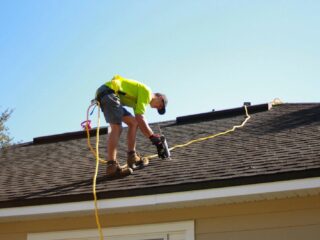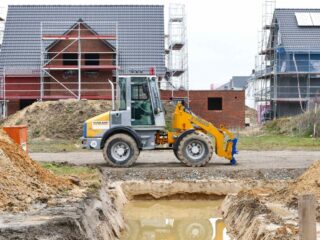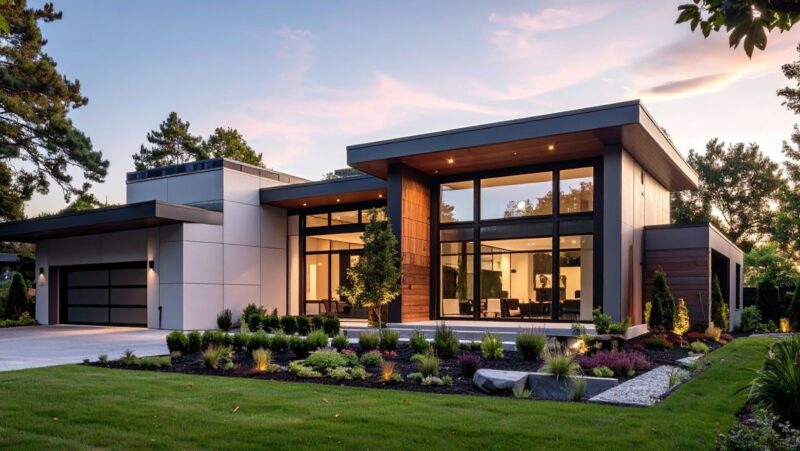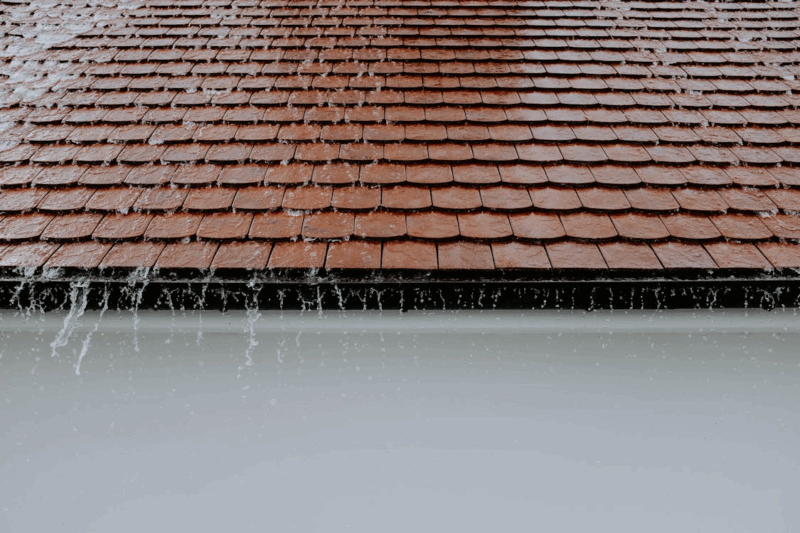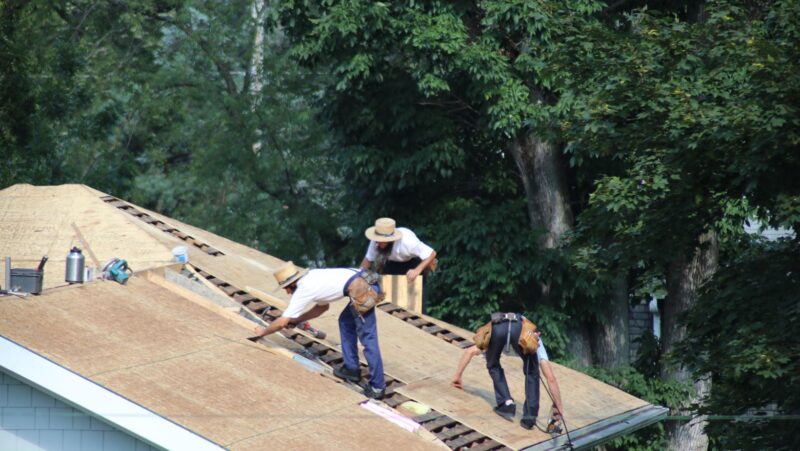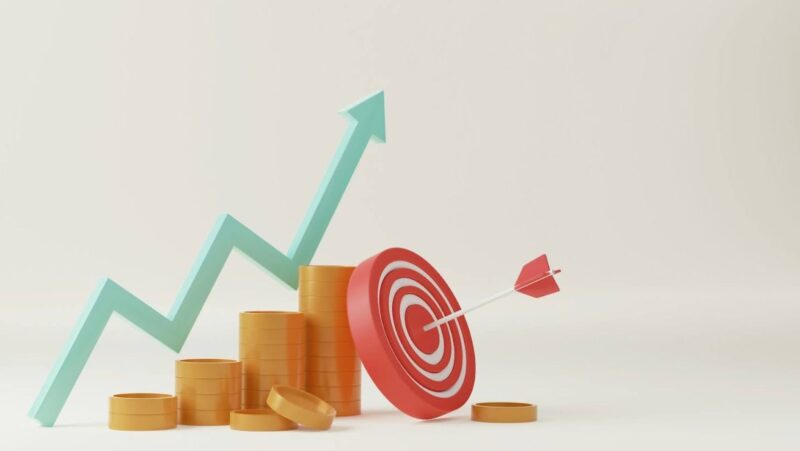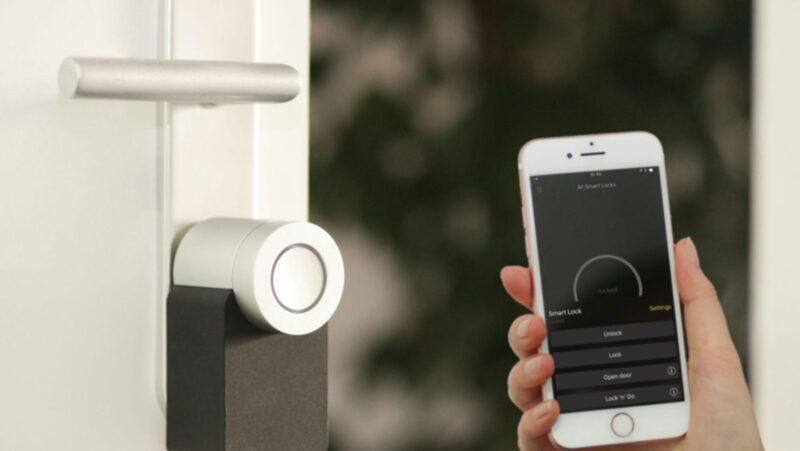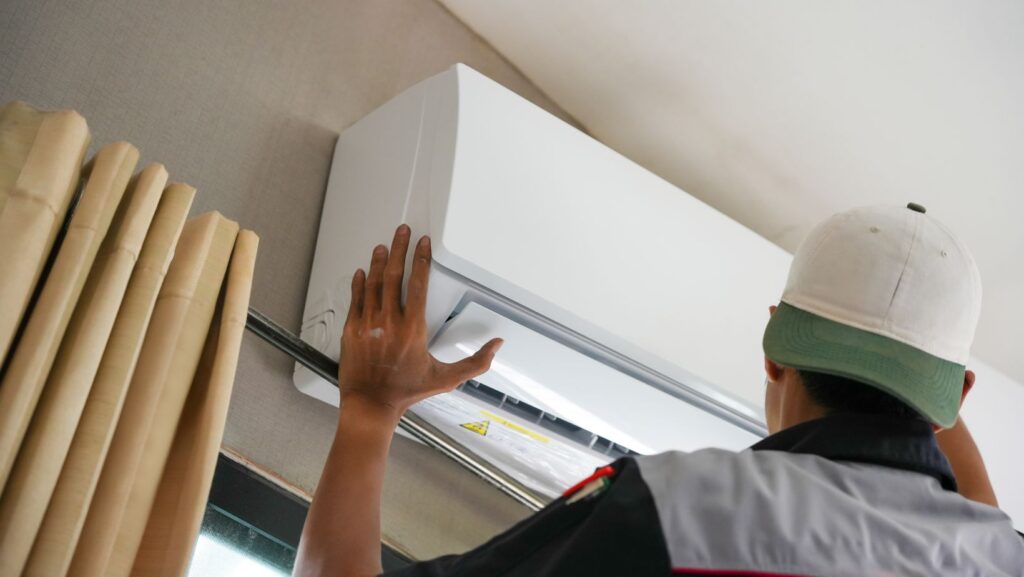
When summer temperatures rise, so do energy costs for property owners. From older equipment working harder than necessary to inefficient home features allowing cool air to escape, these hidden causes worsen over time. As shown in this guide on hidden energy wasters in your home, such issues often develop gradually and can be difficult to identify without specific knowledge.
Once these lesser-known reasons are found, owners can identify the real sources of energy waste instead of just accepting higher summer costs every year.
Many of these lesser-known energy drains hide in plain sight. Poor attic insulation allows cool air to escape, while outdated single-pane windows fail to block radiant heat. Older household appliances without energy-efficient ratings also strain the system during peak hours. Even minor cracks around doors or unsealed electrical outlets can let warm air in and conditioned air out. A professional home energy audit can help pinpoint these hidden inefficiencies, offering a clearer roadmap for improvement.
The Surprising Impact of Aging HVAC Components
Most property owners do not realise their cooling system gradually loses performance long before it completely fails. Over time, regular use and lack of maintenance lead to reduced system efficiency. This performance drop usually happens quietly, with no obvious signs until those summer energy bills start rising noticeably.
The compressor, often considered the heart of the cooling system, must work hard during the hottest months. As these components age, they draw more electricity to deliver the same cooling levels as before. Units in service for several years typically run at lower efficiency, especially if regular maintenance has not been kept.
A common misconception is that HVAC systems should last 15 to 20 years without issues. In reality, components begin experiencing wear much sooner. Cooling systems older than 10 years often require more energy to run than newer models. The relationship between component age and energy consumption follows a predictable pattern.
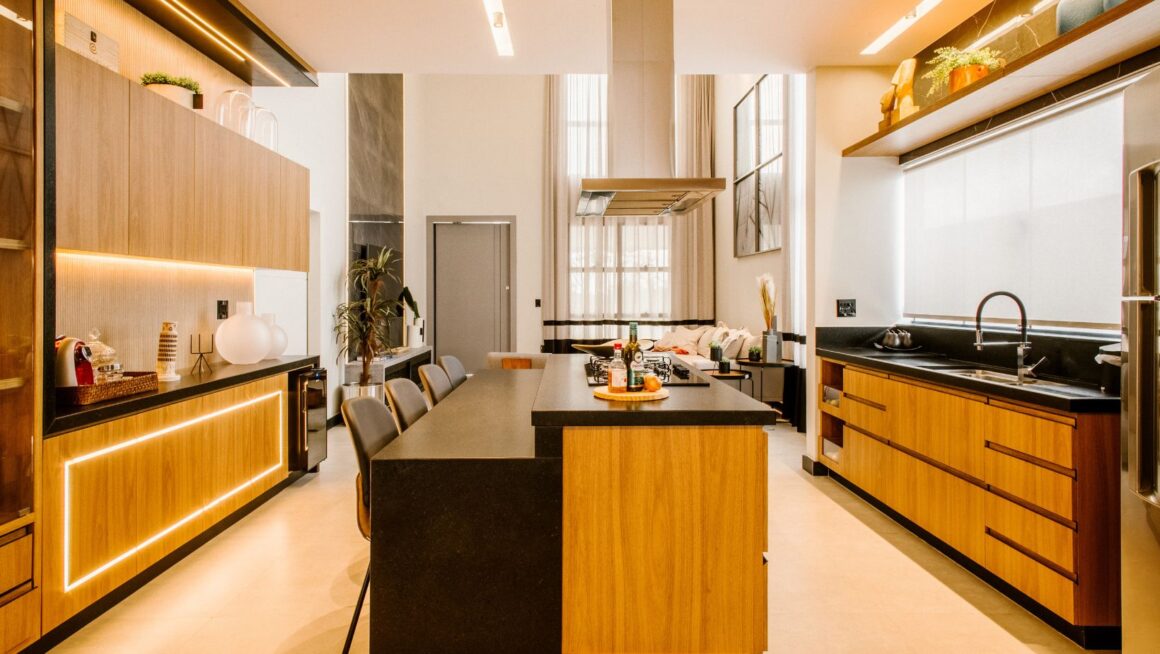
Preventive maintenance is one of the most cost-effective ways to extend the life of HVAC equipment. Homeowners can perform basic tasks like replacing filters and clearing vents, but more technical checks, as inspecting the evaporator coil or checking refrigerant levels, should be handled by certified technicians. Signs like unusual noises, increased humidity, or longer cooling cycles often signal underlying wear. Addressing these early can prevent costly breakdowns during peak summer demand.
Invisible Efficiency Drains in Your Cooling System
Beyond aging components, several hidden issues can greatly increase energy consumption. Refrigerant levels play a key role in system efficiency. Even a small refrigerant undercharge can reduce efficiency. Heating and cooling systems are responsible for a significant portion of total home energy use.
Dirty condenser coils and clogged filters restrict airflow, forcing compressors to work harder, raising energy use and shortening component lifespan.
Skipping routine cleaning and filter replacements allows dust to build up inside the HVAC system, restricting airflow and reducing performance.
Many homes also suffer from improper system sizing. Oversized units cycle on and off too frequently, while undersized systems run continuously. Either situation wastes energy and stresses components.
When repairs are needed, dependable sources for compressor replacements & spare parts help ensure the system returns to proper efficiency.
One of the best ways to identify hidden HVAC inefficiencies is through a professional energy audit. These evaluations often include airflow testing, duct inspection, thermal imaging, and load calculations. Auditors assess how well your current system matches the size and cooling needs of your home. Many audits also provide cost-benefit analyses, helping homeowners understand the return on investment from various improvements.
Environmental Factors Affect Cooling Costs
The environment around a property has a strong effect on cooling efficiency. Poor insulation ranks among the most common yet ignored problems. In fact, around 90% of U.S. homes are under-insulated, which forces cooling systems to work harder as heat enters the living space.
Sunlight entering through windows raises indoor temperatures, forcing cooling systems to run longer in homes with western exposure, which typically have higher cooling needs.
Landscaping choices also affect cooling costs more than most people realise. Properties without shade trees on the south and west sides experience higher heat loads, while carefully placed vegetation reduces surrounding air temperatures and helps lower cooling demands in many climates.
Heat generated indoors from appliances further complicates cooling efforts. Equipment such as stoves, ovens, and computers introduces extra warmth that must be removed by the cooling system. Cooking during the afternoon can force cooling systems to work much harder.
Energy-efficient windows can make a notable difference in keeping indoor temperatures stable. Double- or triple-pane designs with low-emissivity coatings reflect heat away while allowing natural light in. Thermal curtains and reflective window films offer additional layers of protection against solar gain, especially on west-facing exposures.
Smart Solutions for Reducing Summer Energy Use
Effective energy management during summer starts with addressing preventable efficiency losses through regular HVAC maintenance. Changing air filters every 1 to 3 months removes dust and debris, ensuring unimpeded airflow so the fan and compressor avoid unnecessary effort. This directly reduces the hours these components operate under strain.
Annual coil cleaning prevents dust buildup that forces compressors into longer cycles. Clearing dirt restores heat exchange and allows the system to cool more efficiently with less energy. Both tasks prevent airflow restriction and limit the mechanical stress known to drive up summer bills.
Smart thermostats allow users to schedule temperature changes, track energy usage, and even adjust settings remotely via smartphone apps. Some models use machine learning to optimize cooling patterns based on household routines. These devices not only improve comfort but can reduce cooling energy consumption by up to 15%, particularly when paired with usage alerts and efficiency reports.
Strategic Upgrades and System Improvements
Targeted upgrades, like replacing outdated HVAC components or adding programmable thermostats, improve efficiency and reduce long-term costs. Better insulation and reflective barriers also lower heat transfer, easing the system’s workload.
Ductwork should not be ignored. Sealing visible leaks in ducts ensures cooled air reaches the intended rooms instead of escaping into attics or behind walls, one of the most effective ways to reduce energy waste often missed by homeowners during summer. The savings from professional duct sealing can often recover the cost in a single season.
Choosing Quality Parts and Taking Action
When compressors need replacing, reliable parts suppliers offer compatible components for various system types, ensuring continued performance.
To reduce high summer energy bills, property owners need regular maintenance, targeted upgrades, and reliable components that support long-term system efficiency. This structured approach keeps indoor spaces comfortable while cutting unnecessary costs.
High summer energy bills are rarely caused by one big issue, but by many small, hidden inefficiencies that build up over time. When owners pay attention to aging components, airflow, insulation, and maintenance, the savings are real and lasting. Energy waste is preventable, and every small improvement is a step toward lower costs and a more comfortable home.
Many local and federal programs offer rebates or incentives for upgrading to high-efficiency HVAC equipment. Homeowners should explore whether their area provides tax credits, cash-back offers, or utility-sponsored discounts for replacing outdated units. Beyond upfront savings, modern systems often come with warranties and lower lifetime maintenance costs, making them a sound long-term investment. Always verify that new parts are certified for performance and compatible with your existing system.





